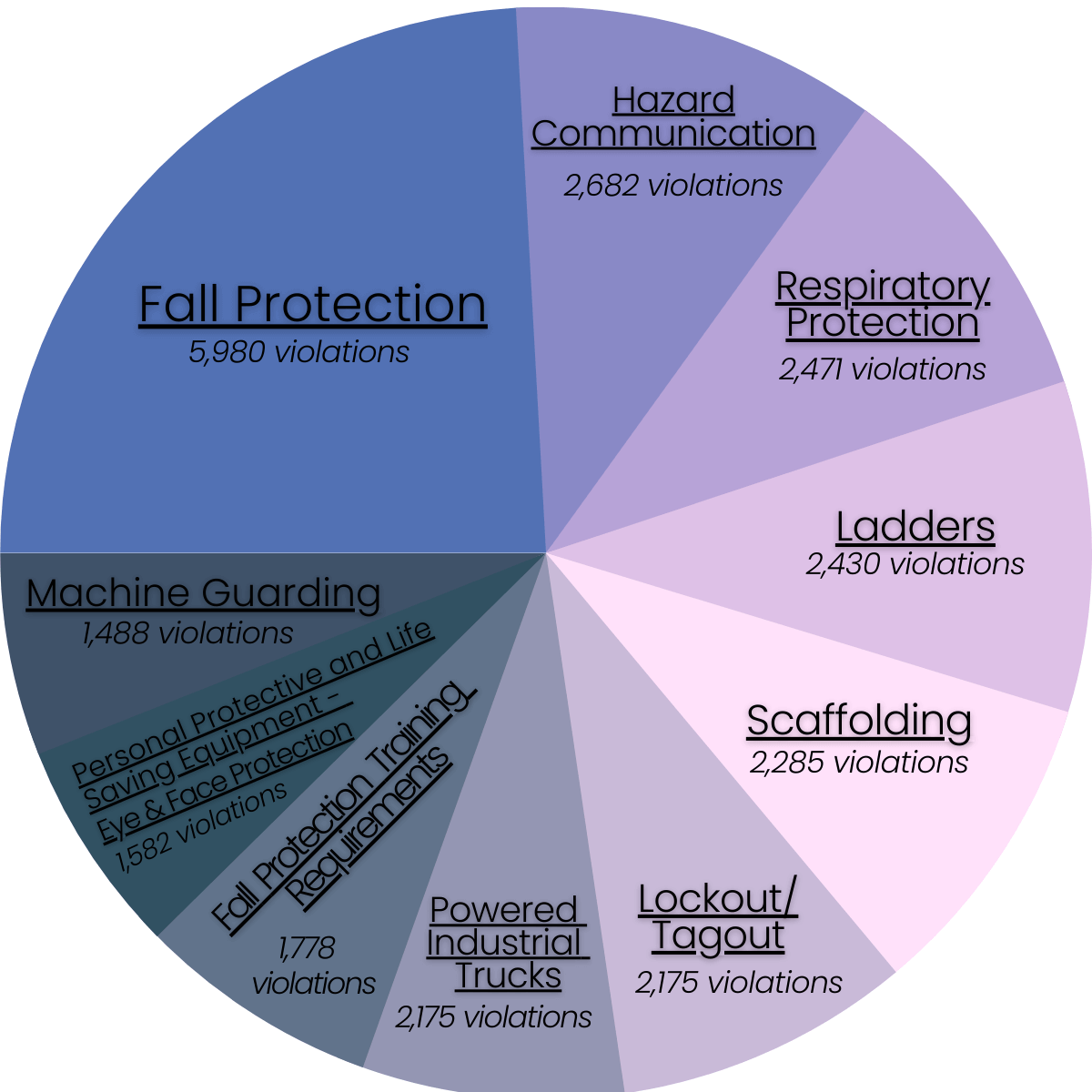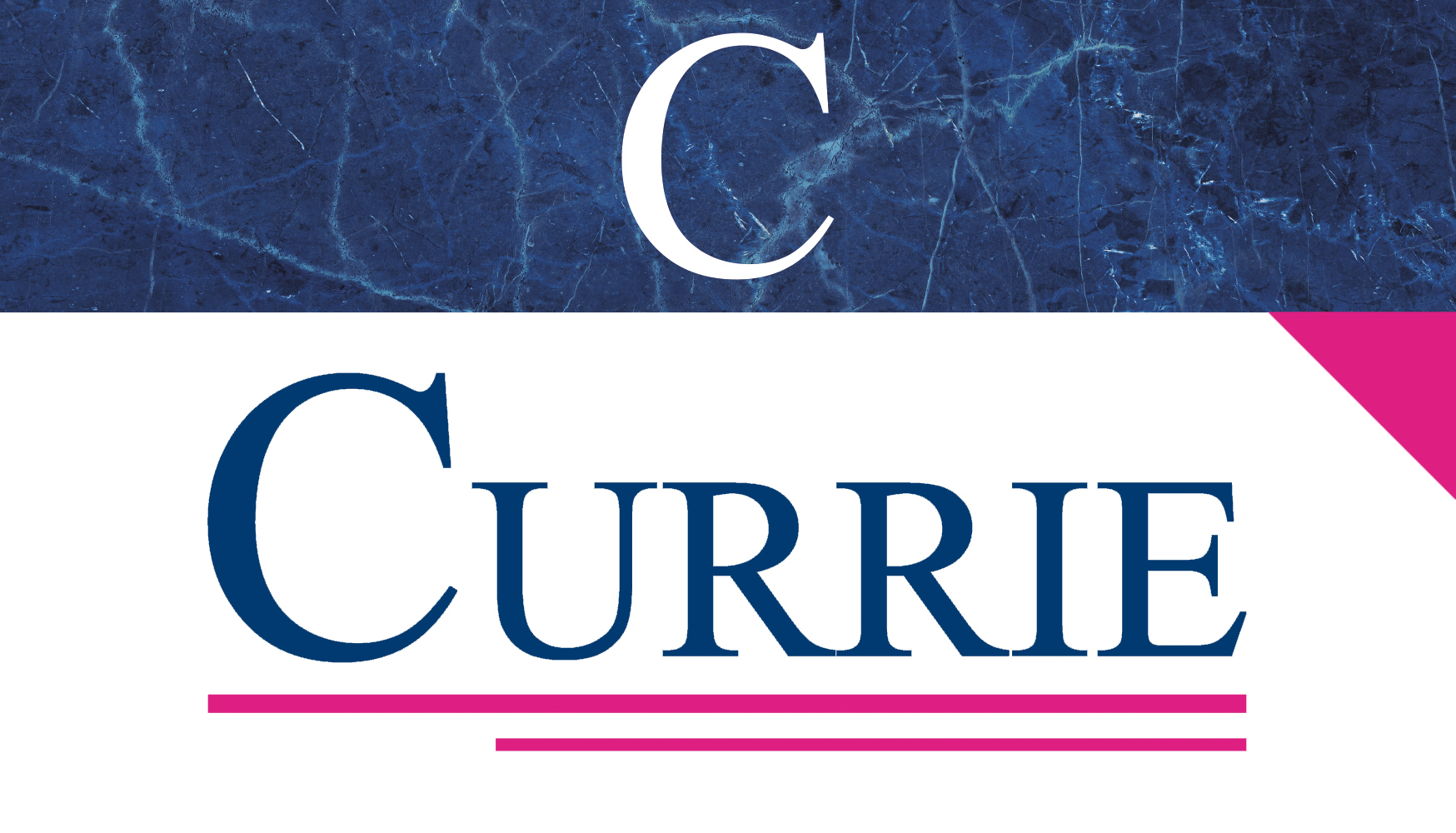Currie clients know that safety should be a paramount concern within their organizations because they care about their people. The next reason is that they care about being held liable for preventable injuries. Despite these two concerns being top of mind, we see every year that preventable injuries are occurring and stacking up, especially in the construction and industrial equipment industries.

I come from a background working in personal injury & workers’ compensation law. Day in and day out, clients would come to our office with horrific stories of injuries that could have been prevented, but now limit their ability to engage in daily activities. These ranged from your standard slip & fall because a property manager failed to shovel or salt the walkways, to loss of limbs due to a failure to train or supervise properly, or in the worst cases, death of an employee who was put in an awful situation by their employer. 99.9% of the time, these injuries were preventable. It was purely a result of an employer’s lack of oversight and commitment.
Read that last sentence again. Now I know that some would say, “Hey! It’s not our fault, that employee was breaking the rules and caused this themselves.” That idea is what we call in the legal world, “contributory negligence.” And yes, that does happen, but many times the employer is not found any less liable. Why is that the case, you ask? Because even if the employee brought the injury on themselves, it could have been prevented with additional policies in place, protecting you, the employer, and additional oversight from managers/supervisors overseeing your team’s work.
In the spirit of preventing these injuries in the future, we need to look at the most common problems present in workplaces today. A strategic way to go about this analysis of your organization is to make sure that your company does not fall into the top 10 workplace violations cited by OSHA in 2022. Let us dive into the list below.

This list, while merely an overview of the top problems OSHA cited, is a good baseline to operate as an initial checklist for your organization. Obviously, not every organization has the need for each of these
safety standards, but you should focus on the applicable or possibly applicable standards for your industry. Here at Currie, we suggest you start with a walkthrough of each part of your facility and spend time observing each role within your organization. This is to make sure that whatever someone is doing, whether it is moving boxes or industrial technical work, they are doing it safely, and not putting your organization at risk of being liable for an injury.
This year, Currie is rolling out its premises liability safety analysis and certification program. Starting now, we are accepting clients who wish to have a better understanding of what their safety liabilities are within their organization, and how to fix any gaps that are present, to protect your company and employees.
A member of the Currie team will do a walkthrough of your facilities and will develop a comprehensive report that includes possible liabilities for safety violations, and a detailed plan for how to fix them. If you stick with us to limit your safety liabilities, we will even present you with a fancy plaque certifying that you have passed our safety program and have met OSHA standards.
Protect your organization and employees today by booking a Currie Safety Analysis.
Email khrystina@curriemanagement.com today!
